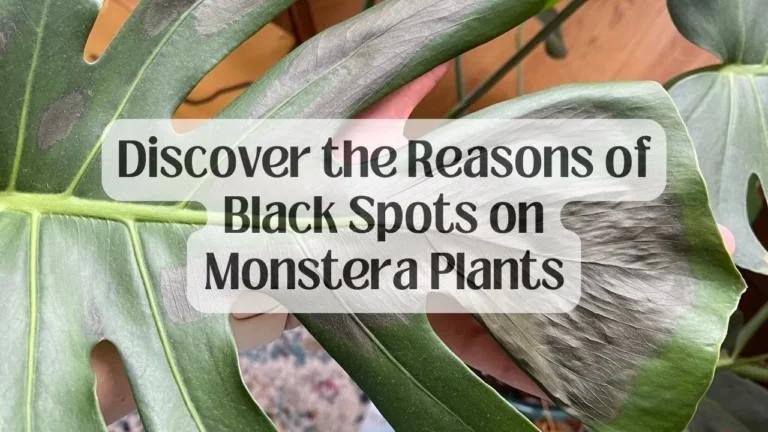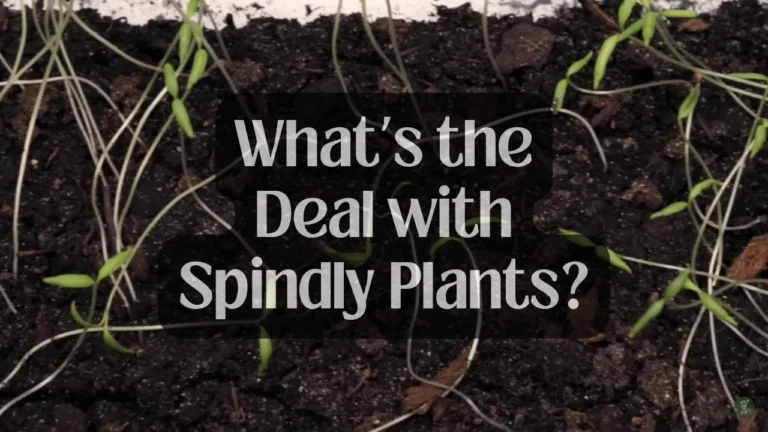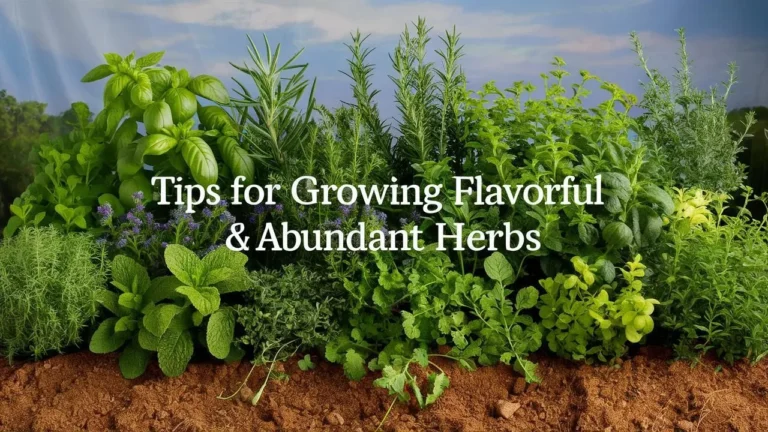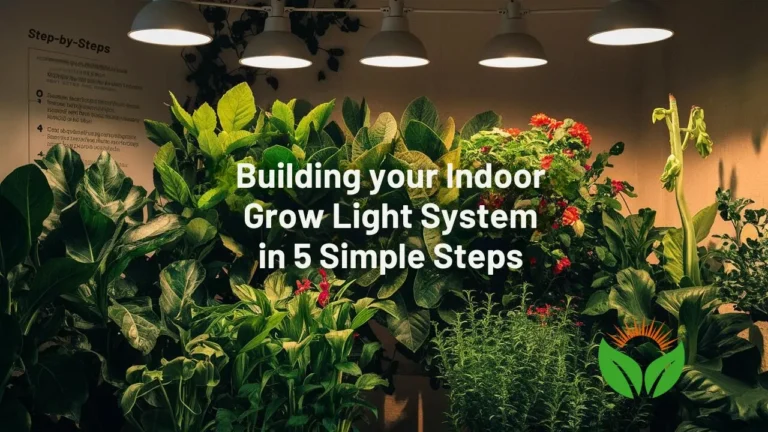What Happens If You Overwater Your Plants? Don’t Do This!

We all want our houseplants to thrive, so it’s natural to want to give them plenty of water. But did you know that overwatering is actually one of the most common ways well-meaning plant parents harm their leafy friends?
What happens if you overwater your plants? Overwatering plants will have a lot of consequences. Overwatering plants can lead to root rot, yellow leaves, fungal growth, pest problems, nutrient deficiencies, leaf edema, and even plant death!
I’ll come up with everything you need to know about overwatering your houseplants. Keep on reading for that.
Table of Contents
What Happens If You Overwater Your Plants?
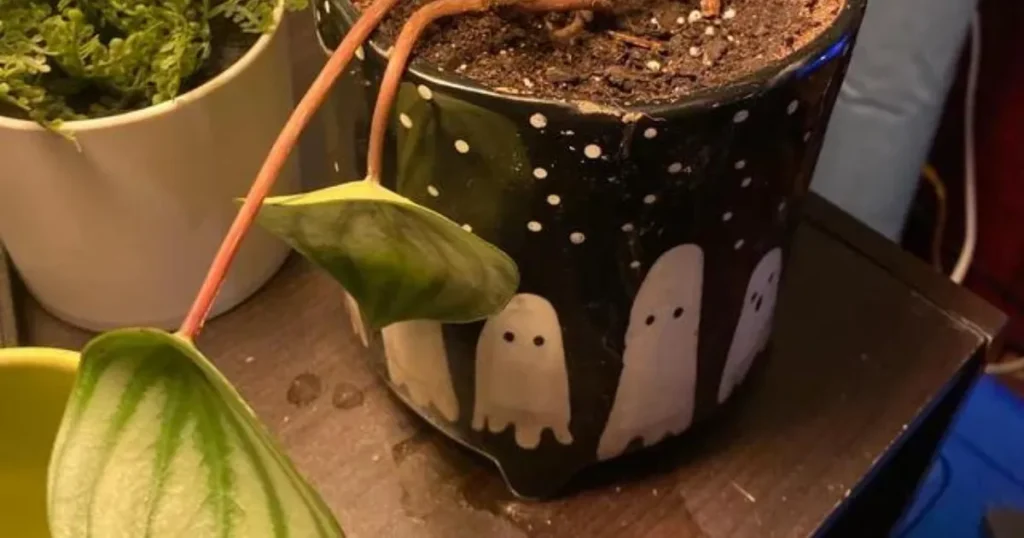
Overwatering your plants can be like drowning them. Too much water fills the spaces in the soil that should be filled with air. Plant roots need air to function properly, just like we do. When the air is crowded out, the roots suffocate and start to die. This can cause a chain reaction that causes problems for your plant.
Wilting leaves, even though the soil is wet
This might seem confusing at first. Why would a plant wilt if it’s surrounded by water? It’s because the damaged roots can’t take up the water the plant needs, even though it’s there.
Leaves turning yellow or brown and dropping off
This is often a sign that the roots are rotting. As the roots die, they can no longer provide nutrients and water to the leaves, which then turn yellow or brown and fall off.
Stunted growth
Plants that aren’t getting enough oxygen from their roots won’t have the energy to grow properly. They may stay small and not produce any new leaves or flowers.
Root rot
In severe cases, the constantly wet conditions can cause fungus and bacteria to grow on the damaged roots. This root rot can quickly spread and kill the entire plant.
How Can You Tell If You’re Overwatering?
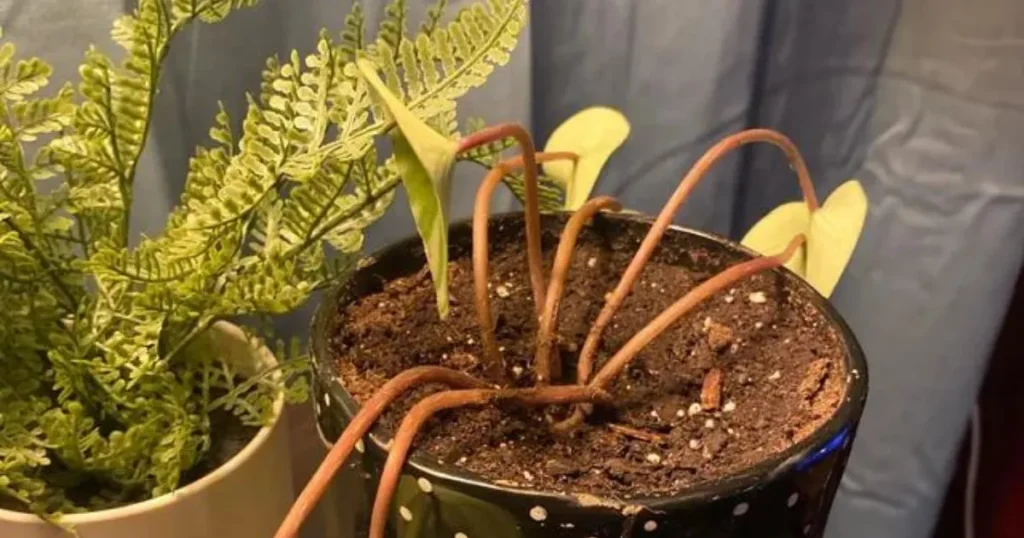
Spotting the signs of overwatering is key to saving your plant before it’s too late. Here are some clues your plant is getting too much to drink:
- Yellowing leaves, especially lower leaves
- Limp, drooping foliage, and stems
- Leaf edema (blisters)
- Mold or algae on the soil surface
- Fungus gnats flying around the plant
- Soft, mushy, blackened roots
If you see any of these symptoms, ease up on the watering can pronto! Let the soil dry out several inches deep between waterings.
What’s the Right Way to Water?
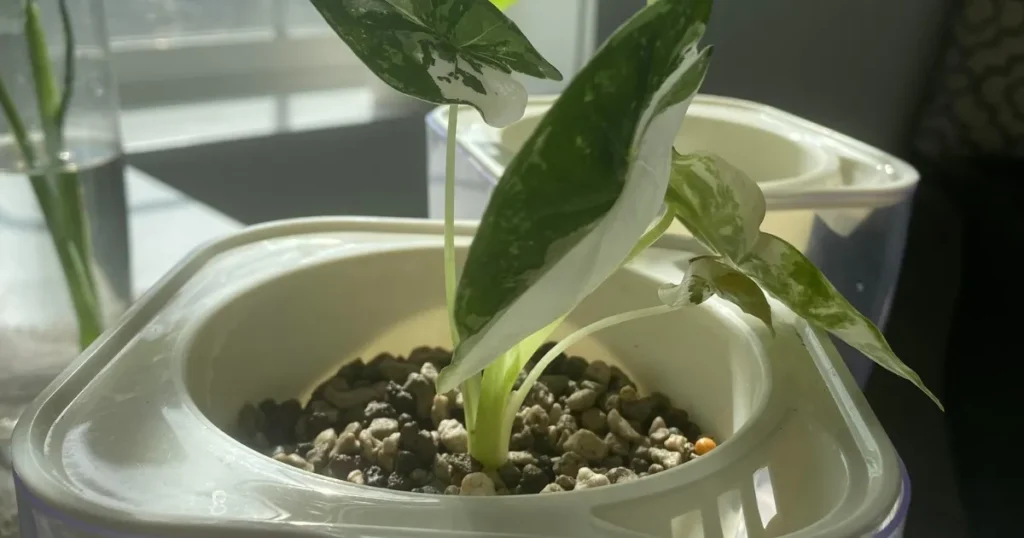
Many newbie gardeners make the mistake of giving their plants frequent sips of water. But for most houseplants, it’s actually better to drench them thoroughly—until water runs out the drainage holes—and then let the soil dry out before watering again. This encourages robust, deep-root growth.
Of course, different plants have different moisture needs. Desert dwellers like succulents and cacti prefer mostly dry soil, while tropical plants like more consistent moisture. Always research your specific plant’s watering requirements.
In general, your watering frequency should align with the seasons and the plant’s growth cycle. Most houseplants need more water in spring and summer when they’re actively growing, and less in fall and winter when they’re dormant.
Flowering plants like holiday cacti are an exception—they need more water when budding and blooming.
FAQs
To know a little more, the following Q&A will help you!
Q: Can overwatering my plants attract harmful insects besides fungus gnats?
Overwatering can create a haven for various pests, not just fungus gnats! Fungus gnats are attracted to the moist environment. However, other insects like millipedes, sowbugs, and even some flies can be drawn to decaying roots or damp soil conditions caused by overwatering.
Q: I forgot to repot my plant for a while, and now it’s rootbound. Can overwatering be more damaging in this case?
Absolutely! A rootbound plant already has limited space for healthy roots to grow. Overwatering in this situation can suffocate the roots even faster since there’s even less space for air. Be extra cautious when watering rootbound plants and prioritize repotting them in a larger pot with fresh, well-draining soil.
Q: Is it possible to overwater a plant so much that it starts to grow mold?
Yes, overwatering can lead to fungal growth, including mold, on the soil surface and even on the plant itself. If you notice mold growing on your plant or its soil, it’s a clear sign that you need to cut back on watering and improve drainage.
Conclusion
Even though it comes from a place of love, overwatering is a surefire way to make your houseplants very unhappy. Get to know your green roommates’ individual moisture needs, adopt good watering techniques, make a few tweaks to your potting setup, and soon you’ll be on your way to plant-parent superstardom!
Your plants will thank you with perky leaves, vigorous growth, and vibrant blooms. Happy (not over) watering!


